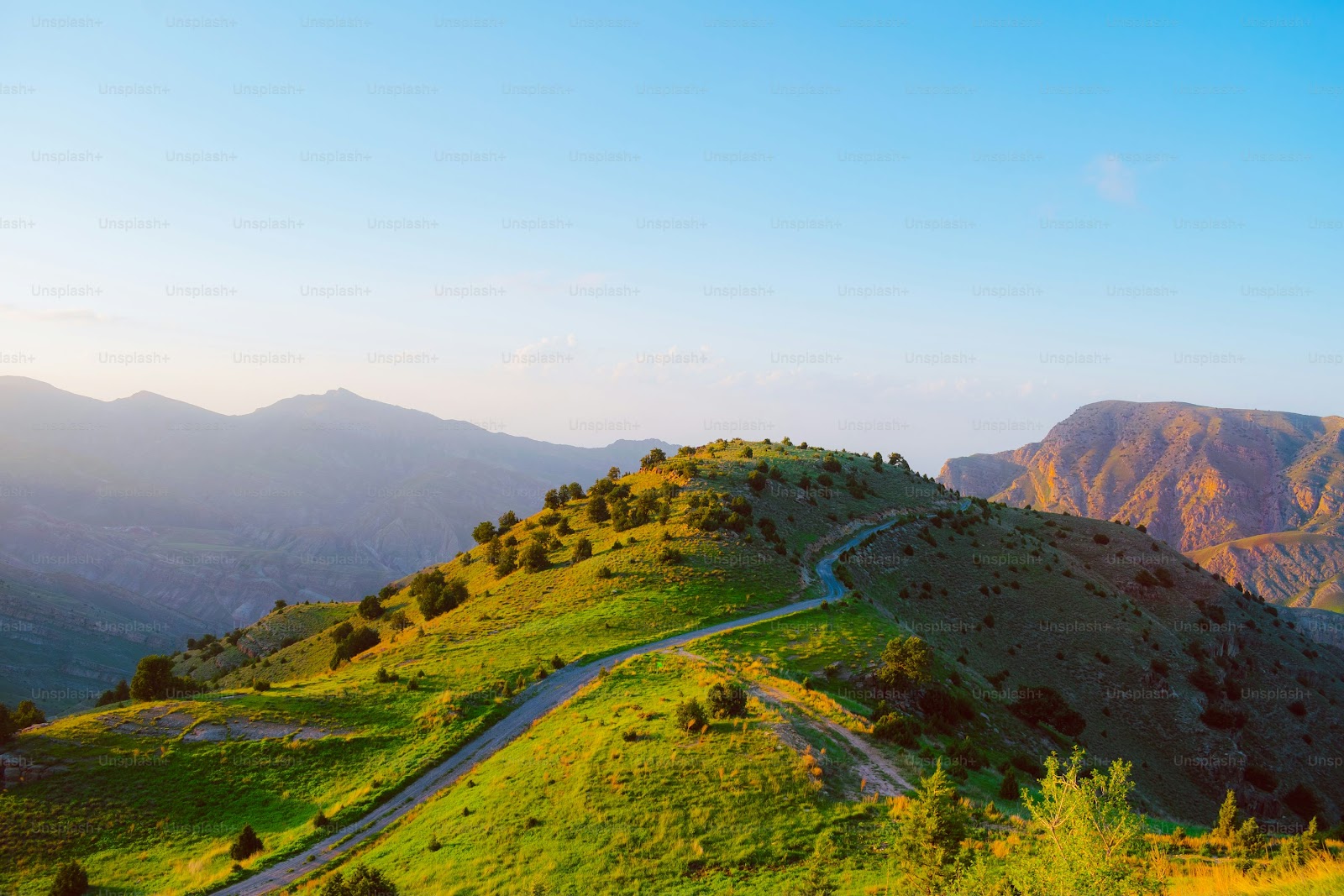Exploring Iran: A Deep Dive into Its History, Culture, and Economy
Discover the hidden treasures of one of the world's oldest civilizations
Table of Contents
Introduction to Iran
Iran, officially known as the Islamic Republic of Iran, is a country rich in history, culture, and natural beauty. Located in Western Asia, it is bordered by seven countries, including Iraq, Turkey, and Afghanistan. With a population of over 85 million, Iran is one of the most influential nations in the Middle East.
Did You Know? Iran was formerly known as Persia and is home to one of the world’s oldest civilizations, dating back to 3200 BCE.

This blog will take you on a journey through Iran’s fascinating history, vibrant culture, booming economy, and breathtaking tourist destinations. Whether you're a history buff, a culture enthusiast, or an adventure seeker, Iran has something extraordinary to offer.
Geography & Location
Iran is strategically located in the Middle East, covering an area of 1.6 million square kilometers, making it the 17th largest country in the world. It shares borders with:
- Iraq & Turkey (West)
- Armenia, Azerbaijan, and Turkmenistan (North)
- Afghanistan and Pakistan (East)
- The Persian Gulf and the Gulf of Oman (South)
Key Geographical Features:
- Mount Damavand – The highest peak in Iran (5,610 meters)
- Dasht-e Kavir & Dasht-e Lut – Two of the largest deserts
- Caspian Sea – The world’s largest inland body of water

Iran’s climate varies from arid and semi-arid to subtropical along the Caspian coast. The country experiences four distinct seasons, making it a year-round destination for travelers.
History of Iran
Iran’s history spans over 5,000 years, making it one of the world’s oldest continuous civilizations. Here’s a brief timeline:
Ancient Persia (3200 BCE – 651 CE)
- Achaemenid Empire (550–330 BCE) – Founded by Cyrus the Great, it was the first Persian Empire.
- Sassanian Empire (224–651 CE) – The last pre-Islamic Persian empire, known for its art and architecture.
Islamic Era (651–1501)
After the Arab conquest, Persia became a center of Islamic learning and culture.
Safavid Dynasty (1501–1736)
Shi'a Islam was established as the state religion, shaping modern Iran.
Modern Iran (20th Century – Present)
- 1979 Revolution – Led to the establishment of the Islamic Republic.
- Iran-Iraq War (1980–1988) – A devastating conflict with Iraq.
- 21st Century – Economic sanctions, nuclear deals, and global diplomacy.

Culture & Traditions
Iranian culture is a blend of ancient traditions and Islamic influences. Here are some highlights:
Persian Cuisine
Famous dishes include:
- Kebab – Grilled meat skewers
- Ghormeh Sabzi – Herb stew with lamb
- Fesenjan – Pomegranate and walnut stew
Festivals & Celebrations
- Nowruz – Persian New Year (March 21)
- Yalda Night – Longest night of the year (Winter Solstice)

Economy & Industries
Iran has the second-largest economy in the Middle East, driven by:
- Oil & Gas – Iran holds the 4th largest oil reserves globally.
- Agriculture – Pistachios, saffron, and dates are major exports.
- Manufacturing – Automobiles, textiles, and petrochemicals.
Economic Fact: Iran is the world’s largest producer of saffron, supplying over 90% of global demand.
People & Society
Iran is a diverse nation with:
- Ethnic Groups: Persians (61%), Azeris (16%), Kurds (10%)
- Languages: Persian (Farsi) is the official language.
- Religion: 99% Muslim (Shi'a majority).
Top Tourist Attractions
Iran is a treasure trove for travelers. Must-visit places include:
1. Persepolis
The ancient capital of the Achaemenid Empire.
2. Isfahan
Famous for its stunning Islamic architecture.
3. Shiraz
Known as the city of poets, gardens, and wine.

Modern Iran: Challenges & Developments
Today, Iran faces:
- Economic Sanctions – Impacting trade and growth.
- Nuclear Program – A major geopolitical issue.
- Youth Movement – Increasing demand for social reforms.
Conclusion
Iran is a land of contrasts—ancient yet modern, traditional yet evolving. From its breathtaking landscapes to its rich cultural heritage, Iran offers a unique experience for every traveler. Whether you're exploring the ruins of Persepolis or tasting authentic Persian cuisine, Iran promises unforgettable memories.
Final Thought: Iran remains one of the most underrated travel destinations, waiting to be discovered by the world.
